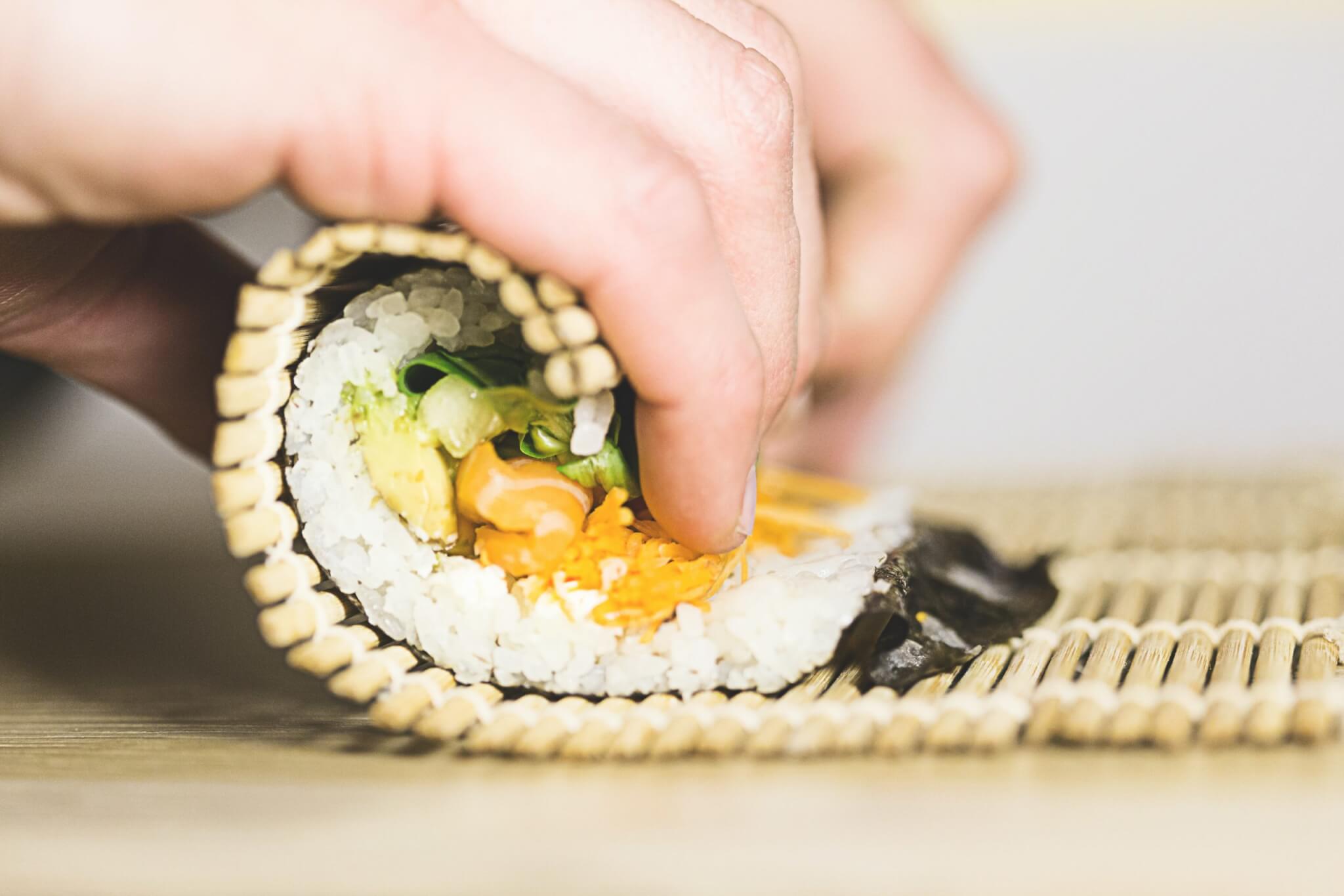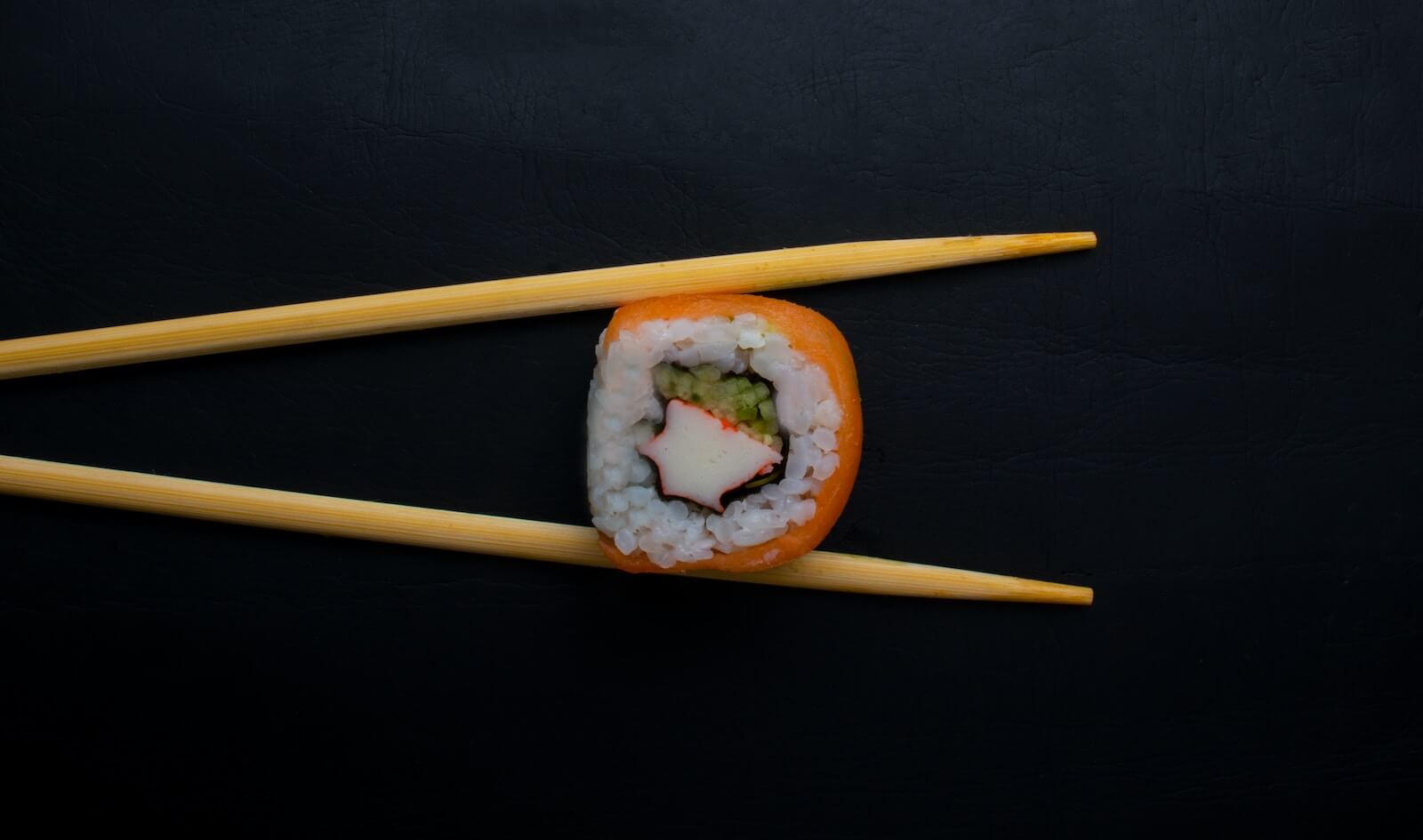You probably assume that the healthiest quick bite to get is a salad, but not so fast. Salad can definitely be a great choice, but it usually isn’t the first thing you want to hear when it comes to picking a takeout option that’s both healthy and tasty. Sushi, on the other hand, might be.
It’s probably the first food that comes to mind when you think about Japanese cuisine, and it’s no surprise considering it’s been a popular dish in American homes since the 1960s.
Although sushi is mostly associated with Japanese culture, its humble origins trace their roots to China. Originally, it started out as a dish called narezushi, which is a dish made of fermented rice and salted fish. The rice was fermented to help with preservation and the fish was salted to prevent bacterial growth. This made it an ideal dish to eat during the 2nd century CE when there was no refrigeration to be found. Researchers believe that sushi started to make its way to Japan during the 8th century.
The first use of the term “sushi” was documented in the year 718 in a compiled document of governing rules in ancient Japan called the Yōrō Code. Although variations exist, the main components of sushi are vinegared rice, seafood (generally raw), and vegetables.
What makes sushi so unique is how endlessly versatile it is. Whether you’re a sushi lover or someone whose never had it before, there’s a healthy roll out there for you.

How healthy can sushi be?
To help people feel more comfortable with the idea of eating sushi (particularly in the United States), restaurants started to experiment with different flavors and combinations to make things more appealing. It started with the beloved and raw fish-free California roll containing cucumber, crab meat (or imitation crab meat), avocado, and white rice. It didn’t take long for deep fried rolls, spicy mayo, and cream cheese to enter the scene and shake things up even more.
Even though many of these Westernized versions of sushi are widely available, there are still tons of delicious and healthy options. Just because some types of sushi aren’t all that healthy doesn’t mean that they all are bad for your diet.
The main health-promoting components to focus on are the fish and nori (seaweed). Fish is a great source of protein, iodine, vitamin D, omega-3 heart healthy fats, and an array of nutritious minerals such as bone-supporting calcium and phosphorus. Nori is also highly nutritious, although you might not have expected that what your sushi is wrapped in would actually provide you with much. It’s indeed rich in iodine to support a healthy thyroid, vitamin A, calcium, and other vitamins and minerals.
The benefits of sushi might even stretch further than this, depending on the variety of vegetables you choose to add on or specific type of seafood you pick for protein. Regardless of your combination, fish, vegetables, rice, and nori, make for a balanced dish filled with protein, vitamins, minerals, and antioxidants, as well as carbohydrates to fuel your body and keep you going.

Are there downsides to eating sushi?
Clearly, dousing your sushi in cream cheese, mayo, soy sauce, or only eating fried pieces of sushi isn’t the best way to go. Cut down on the high-fat, high-sugar condiments. Also, consider choosing lower sodium soy sauce and going for more of the wasabi or pickled ginger to help balance things out even more.
It’s also important to note that eating raw fish during pregnancy is not recommended. During pregnancy, cooked sushi varieties are fine, just be mindful of mercury exposure as far as the types you eat and how often you eat them.
Sometimes, you just want takeout after a long day but don’t want to completely turn a blind eye to your nutritional goals. Sushi is a great choice if you’re looking for something that is both delicious but still nutritious, particularly when you veer away from the high-fat, sugar, and salty condiments. The fish, rice, seaweed, and simple seasonings makes sushi a healthy takeout choice for the cozy night in.

Be careful where you get Sushi— fish are loaded with parasites. Most are harmless, but get a liver fluke and you’ll wish you went for the beer battered cod.
The author obviously has no idea that sushi rice has a ton of sugar in it.
And yet it doesn’t.
An entire barrel of sushi rice (used for numerous portions) has maybe a 1/4 cup.
Freezing the fish kills the parasites. I’ve been eating sushi pretty
regularly for almost 40 years and never a problem with any parasites
and never got sick from it.
Rice is carbs, not sugar. I think they do put too much rice in today’s
sushi ….. gue$$ why?